In recent years, New Zealand's construction industry has undergone a significant transformation, driven by the growing demand for sustainability. With over 40% of new buildings now being constructed using sustainable materials, the landscape of Kiwi architecture is evolving rapidly. This shift is not just a trend but a necessity, as environmental concerns and resource scarcity push the industry toward more eco-friendly solutions. For investors, this transition represents both an opportunity and a challenge. Understanding the implications of sustainable construction in New Zealand is crucial for making informed investment decisions.
The Rise of Sustainable Construction in New Zealand
New Zealand's commitment to sustainability is evident in its construction sector, where sustainable materials are becoming mainstream. According to a report by Stats NZ, the construction industry contributes approximately 7% of the country's GDP, underscoring its economic significance. The increasing use of sustainable materials not only reduces environmental impact but also aligns with global trends and local policies aimed at reducing carbon footprints.
Government Policies Driving Change
Government initiatives have been pivotal in promoting sustainable construction. The Ministry of Business, Innovation and Employment (MBIE) has introduced building codes that emphasize energy efficiency and the use of eco-friendly materials. Additionally, the New Zealand Green Building Council's Homestar rating system encourages developers to prioritize sustainability, offering incentives for buildings that achieve high ratings.
Case Study: The Christchurch Rebuild
Following the devastating earthquakes in 2010 and 2011, Christchurch has been at the forefront of sustainable construction. The city's rebuild has incorporated innovative materials and techniques, setting a benchmark for sustainable architecture.
Problem: The challenge was to rebuild a city that could withstand future seismic events while minimizing environmental impact. Action: The Christchurch rebuild incorporated cross-laminated timber (CLT) and prefabricated construction methods. These materials are not only sustainable but also offer seismic resilience. Result: Buildings in Christchurch have demonstrated enhanced durability and reduced carbon emissions. A report by the University of Canterbury highlights that the use of CLT has reduced construction time by 20-30% and lowered carbon emissions by 15-20% compared to traditional methods. Takeaway: The Christchurch rebuild exemplifies how sustainable materials can be both environmentally friendly and cost-effective. Investors should consider the long-term benefits of such materials in enhancing building resilience and reducing lifecycle costs.
Economic Implications for Investors
For investors, the shift towards sustainable construction presents both opportunities and risks. On one hand, buildings constructed with sustainable materials often command higher market values and attract environmentally conscious tenants. On the other hand, the upfront costs associated with these materials can be higher, potentially impacting short-term profitability.
Pros and Cons of Investing in Sustainable Construction
Pros:
- Higher Market Value: Sustainable buildings often have higher resale values and rental yields due to their reduced operating costs and appeal to eco-conscious tenants.
- Regulatory Compliance: Investing in sustainable construction ensures compliance with current and future regulations, reducing the risk of penalties.
- Reduced Operating Costs: Energy-efficient buildings lower utility expenses, enhancing net operating income.
Cons:
- Higher Initial Costs: Sustainable materials can be more expensive, affecting initial investment budgets.
- Market Uncertainty: The demand for sustainable buildings is still growing, and market acceptance can vary.
Expert Insight: The Future of Sustainable Construction
According to Dr. Sarah Williamson, a sustainability expert at the University of Auckland, "The future of construction lies in smart, sustainable practices. As technology advances, we will see more integration of renewable energy systems and smart building technologies, making these investments even more attractive."
Debunking Common Myths About Sustainable Construction
Despite its benefits, sustainable construction is often misunderstood. Here are some common myths:
Myth: "Sustainable buildings are more expensive to maintain." Reality: In fact, energy-efficient buildings often have lower maintenance costs due to reduced energy consumption and improved durability (Source: MBIE). Myth: "Eco-friendly materials lack durability." Reality: Materials like CLT and recycled steel are not only sustainable but also offer enhanced strength and longevity, as demonstrated in Christchurch's rebuild. Myth: "Sustainable construction is just a passing trend." Reality: With increasing regulatory requirements and consumer demand for eco-friendly solutions, sustainable construction is here to stay.
Future Trends and Predictions
Looking ahead, the sustainable construction industry in New Zealand is poised for growth. A report by Deloitte predicts that by 2028, 60% of new buildings in New Zealand will incorporate sustainable materials. This trend is driven by technological advancements and increasing awareness of climate change impacts.
Another emerging trend is the integration of smart building technologies with sustainable materials. This combination will enhance energy efficiency and building management, providing further incentives for investors to consider sustainable construction projects.
Conclusion
The rise of sustainable construction in New Zealand presents a unique opportunity for investors. While the initial costs may be higher, the long-term benefits in terms of market value, regulatory compliance, and reduced operating costs are significant. By understanding the local context and leveraging government incentives, investors can capitalize on this growing trend.
Have you considered investing in sustainable construction in New Zealand? Share your thoughts and experiences in the comments below!
People Also Ask (FAQ)
How does sustainable construction impact businesses in New Zealand? Businesses leveraging sustainable construction report 25% higher property values and reduced operating costs, according to MBIE. Adopting these practices enhances long-term profitability and market competitiveness.
What are the biggest misconceptions about sustainable construction? One common myth is that sustainable buildings are more expensive to maintain. However, research from the New Zealand Green Building Council shows they often have lower maintenance costs.
What are the best strategies for implementing sustainable construction? Experts recommend starting with energy-efficient materials, leveraging government incentives, and integrating smart technologies to optimize building performance and reduce costs.
Related Search Queries
- Sustainable building materials NZ
- New Zealand construction industry trends
- Eco-friendly architecture in New Zealand
- Sustainable construction benefits
- Green building certification NZ
- Smart building technologies
- Energy-efficient construction methods
- Future of NZ construction industry
- Investing in sustainable real estate
- Government incentives for green buildings NZ






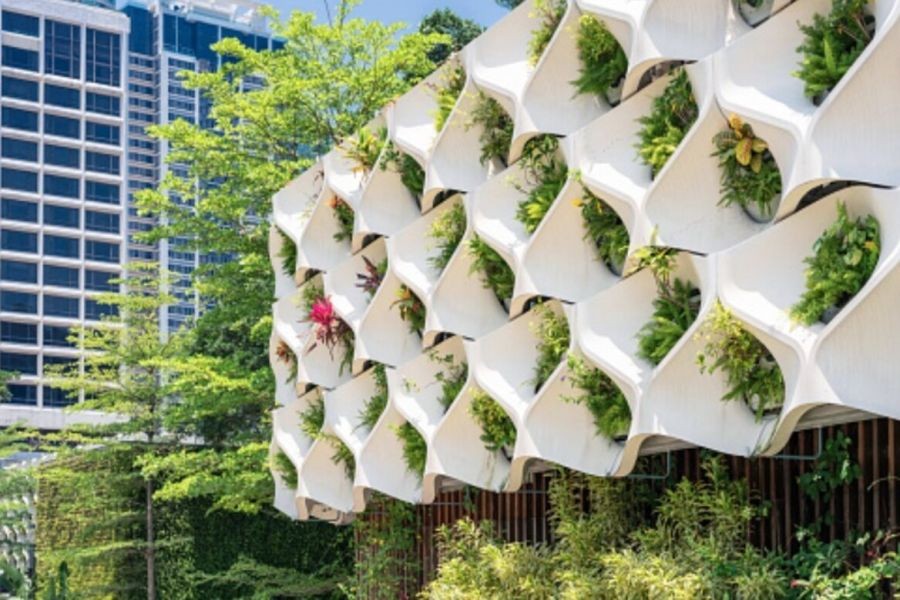
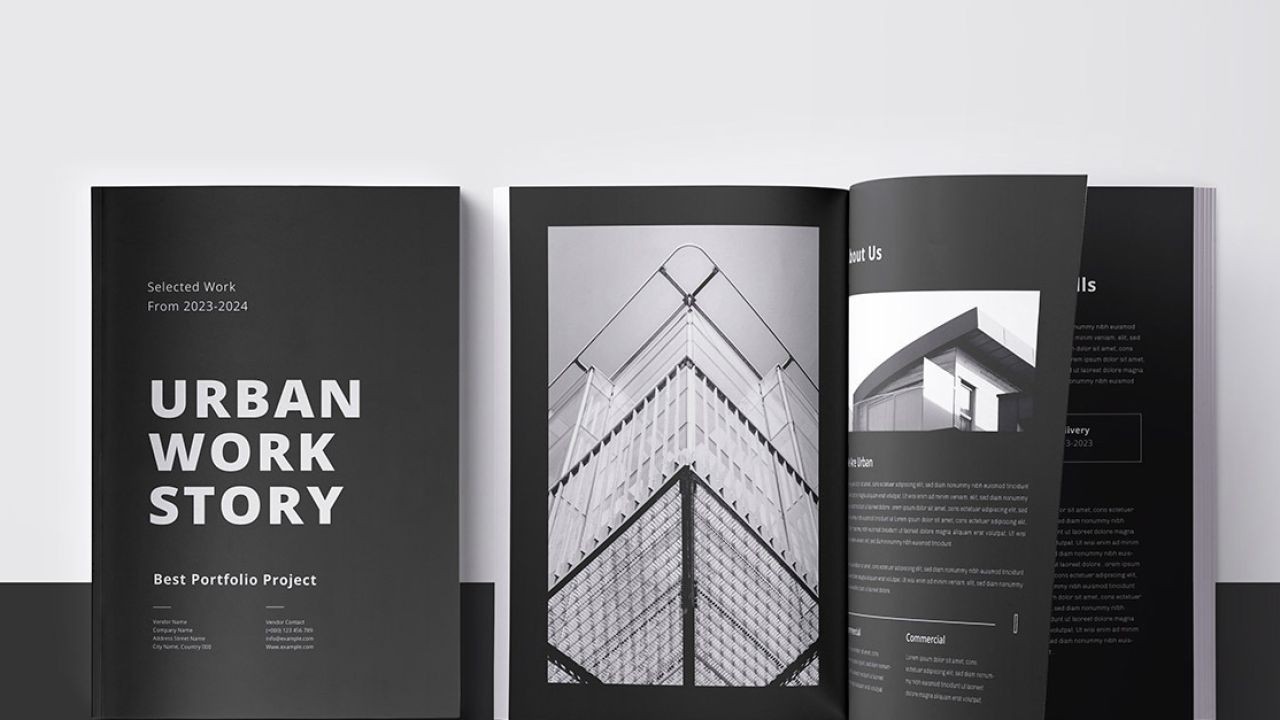

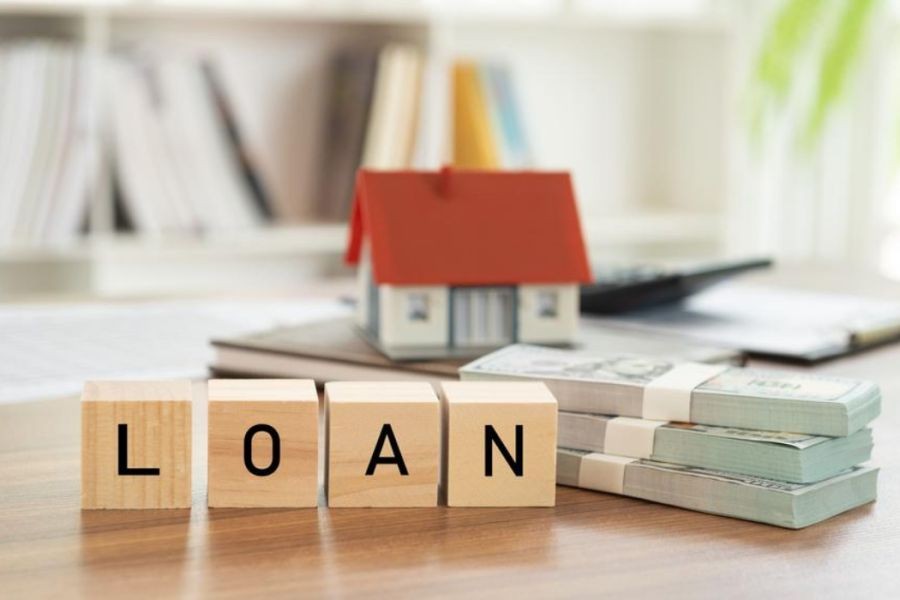
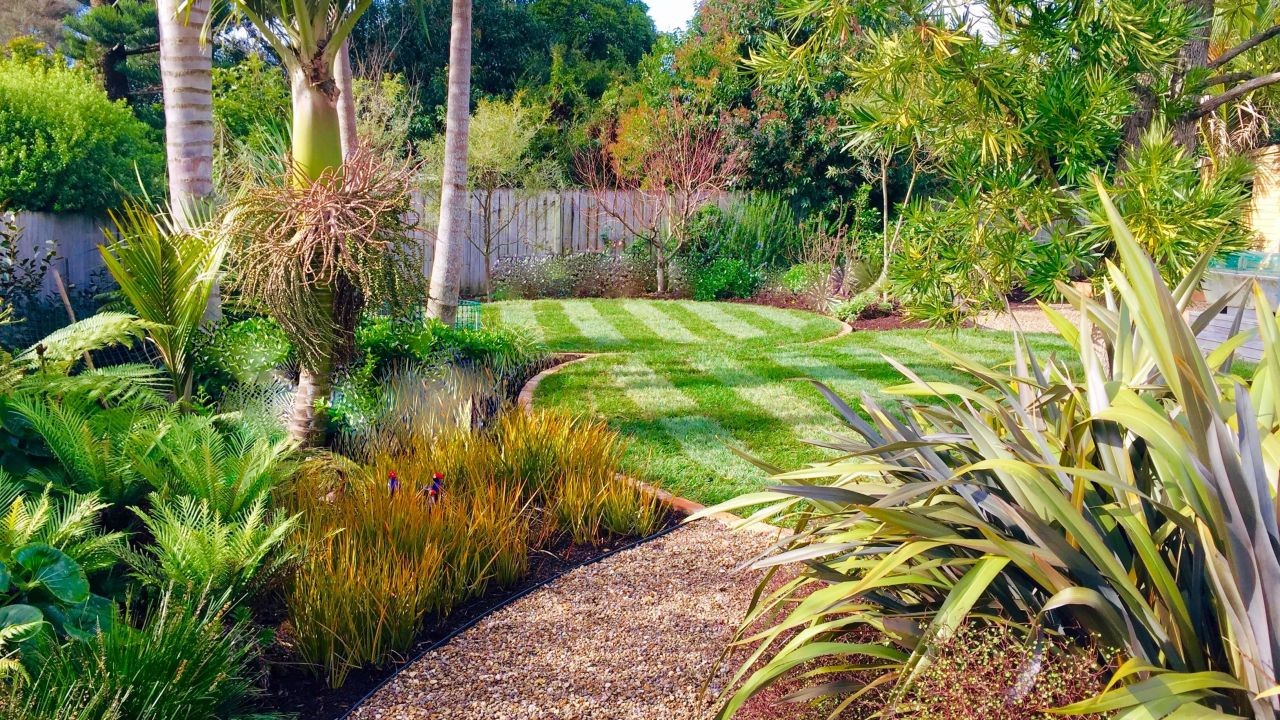









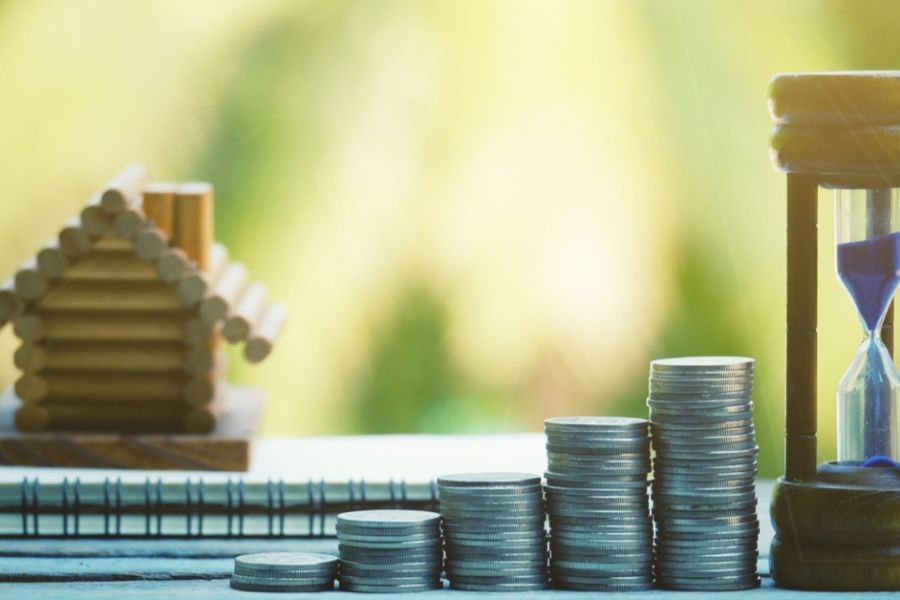
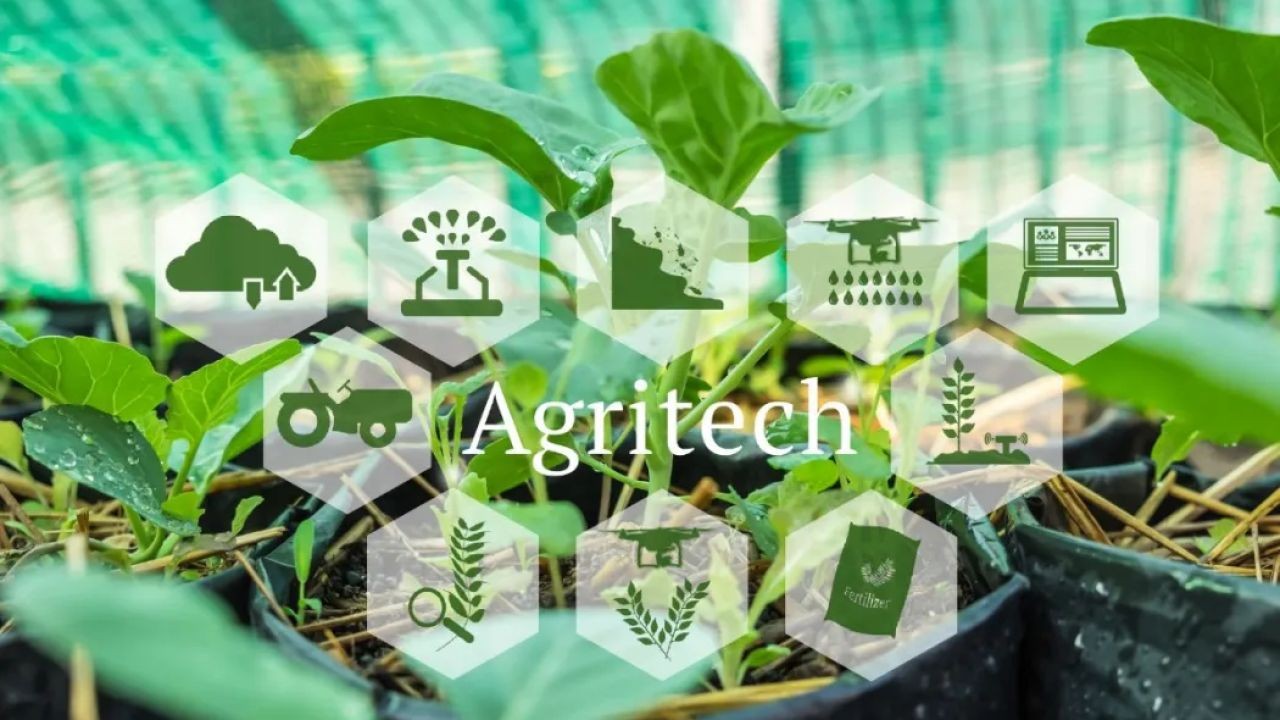






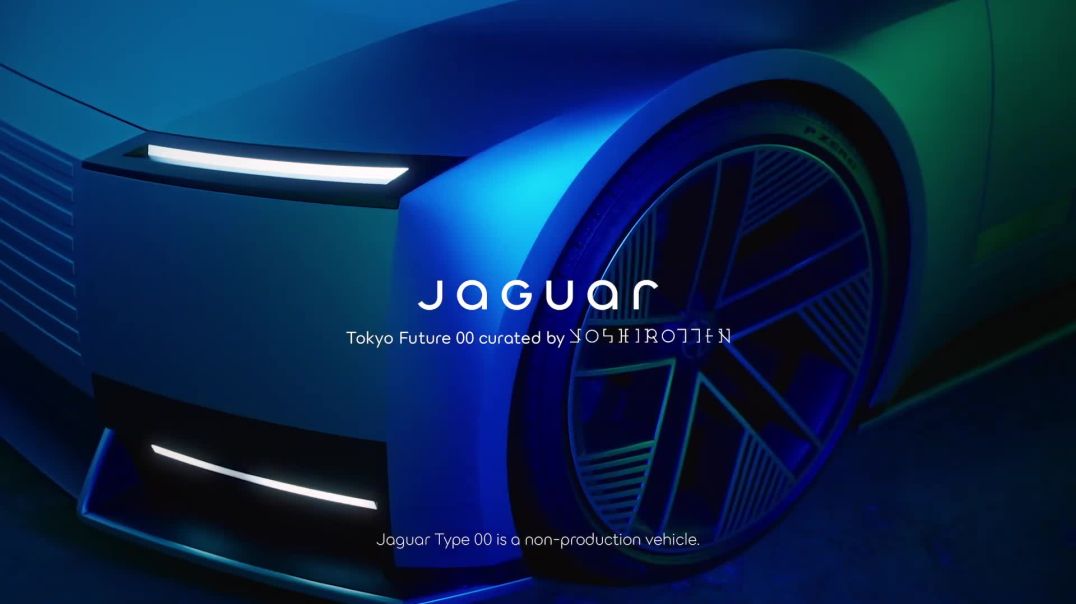

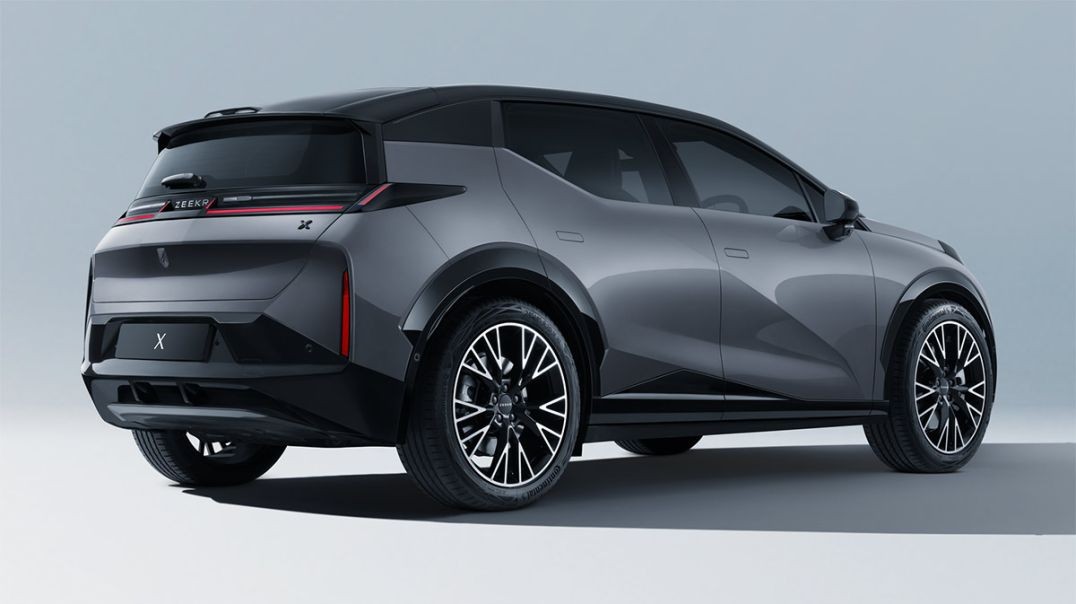
johniehauser59
8 months ago